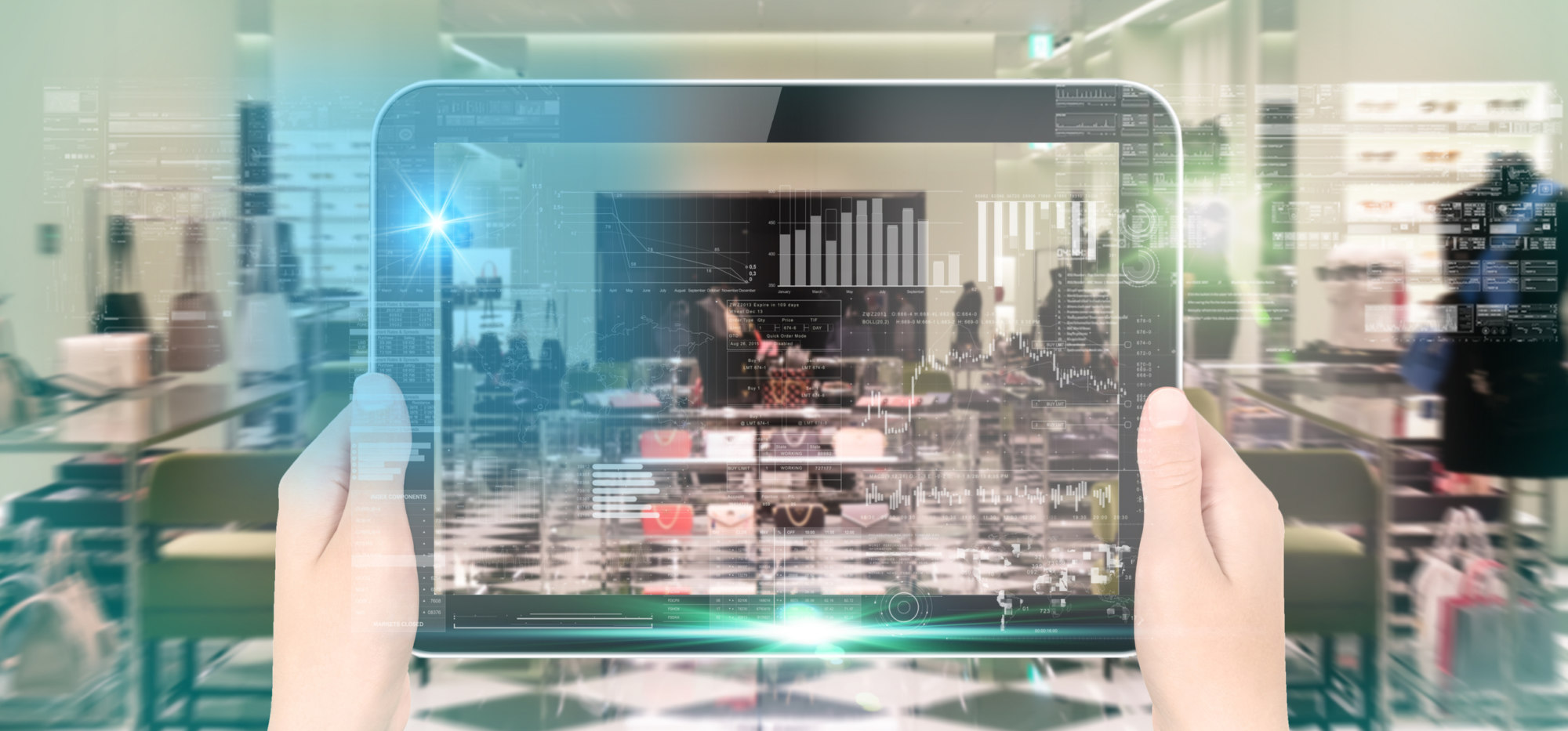Millions of people stuck in their homes and terrified to go outside for fear of a pandemic would have seemed like the stuff of science fiction merely nine months ago. This catastrophe, as catastrophes tend to do, has given birth to our new reality: forcing people all over the world to find an alternate way of life, a new method to grocery shop, or buy clothes, and to generally consume.
But something happened on the way to the vaccine…we discovered how easy it could be to avoid the drive to the market, the crowded parking lots, and the masses of people all busy with their everyday life–and just maybe we realized we don’t miss it as much as we thought we would.
Enter 5G. Here to make everything you’ve been doing faster, and everything you’ve imagined doing with your phone possible. If there’s one thing we love as a people, it’s to avoid the wait. How many times have you clicked on a video, started watching it, and suddenly, it buffers? You’ve lost interest. That presumably brief interruption (you don’t know how long it was because you clicked the “x”) was enough to disengage you and bring you back to the reality of screaming children and a dog that requires walking.
5G provides the opportunity to completely avoid the “lag” that blasts you back into your living room. In a pre-Coronavirus world, it has been predicted that e-commerce would be a $4.8 billion sector globally and as per Adobe Digital Insights, a successful conversion to 5G will boost that number up to $12 billion by 2021. The new dependence on e-commerce by many people, including those from an older generation that were skeptical of online shopping, will only serve to multiply an already enormous number.
But it isn’t only a matter of uninterrupted video. 5G is estimated to be nearly 100 times faster than the speeds we are accustomed to, meaning huge files of data can be transmitted in the blink of an eye. High-resolution videos will load without you even noticing. This amount of speed also means e-commerce will be faster, more efficient, and nimbler than ever before.
Loading a virtual shopping mall on your phone will be instantaneous. Even uploading your 3D image to see what you would look like in the clothes you’re thinking about buying would occur seamlessly and without interruption. Virtual reality and augmented reality will become commonplace methods of shopping. Your phone will be able to show you what that couch or coffee table that you were interested in would look like in your living room. In today’s LTE world, even if you went to a store, you were left with only your imagination, and a tape measure to figure out whether or not to purchase furniture. And now you can’t even go to the store.
We are waist-deep in the Fourth Industrial Revolution, a point at which the lines are blurred between technology and essentially everything else. The need for that meld has been accelerated by the Coronavirus and spear-headed by 5G, turning life into a missile propelling us forward into a future that 10 years ago we thought was 40 years away.
The opportunity presents itself to blend real-world everyday environments with advertising. This creates a merger into a new reality where you can’t tell the difference between your environment and the advertising. Through augmented reality (AR), every wall in your house presents a new ad space personalized specifically for you. Combining this with the Internet of Things (IOT) turns your entire home into a vehicle for ad delivery.
These advancements in technology present a paradigm shift that will improve all aspects of our relationship with technology. Companies such as Jivox already possess the ability to personalize e-commerce marketing and take customization to the next level through automation. Through optimization for relevance and engagement, ads are becoming more efficient and better performing, giving a significant edge to brands that approach this new technology with a plan for integration. The alternative to such integration is to play catch-up or get left behind completely.

